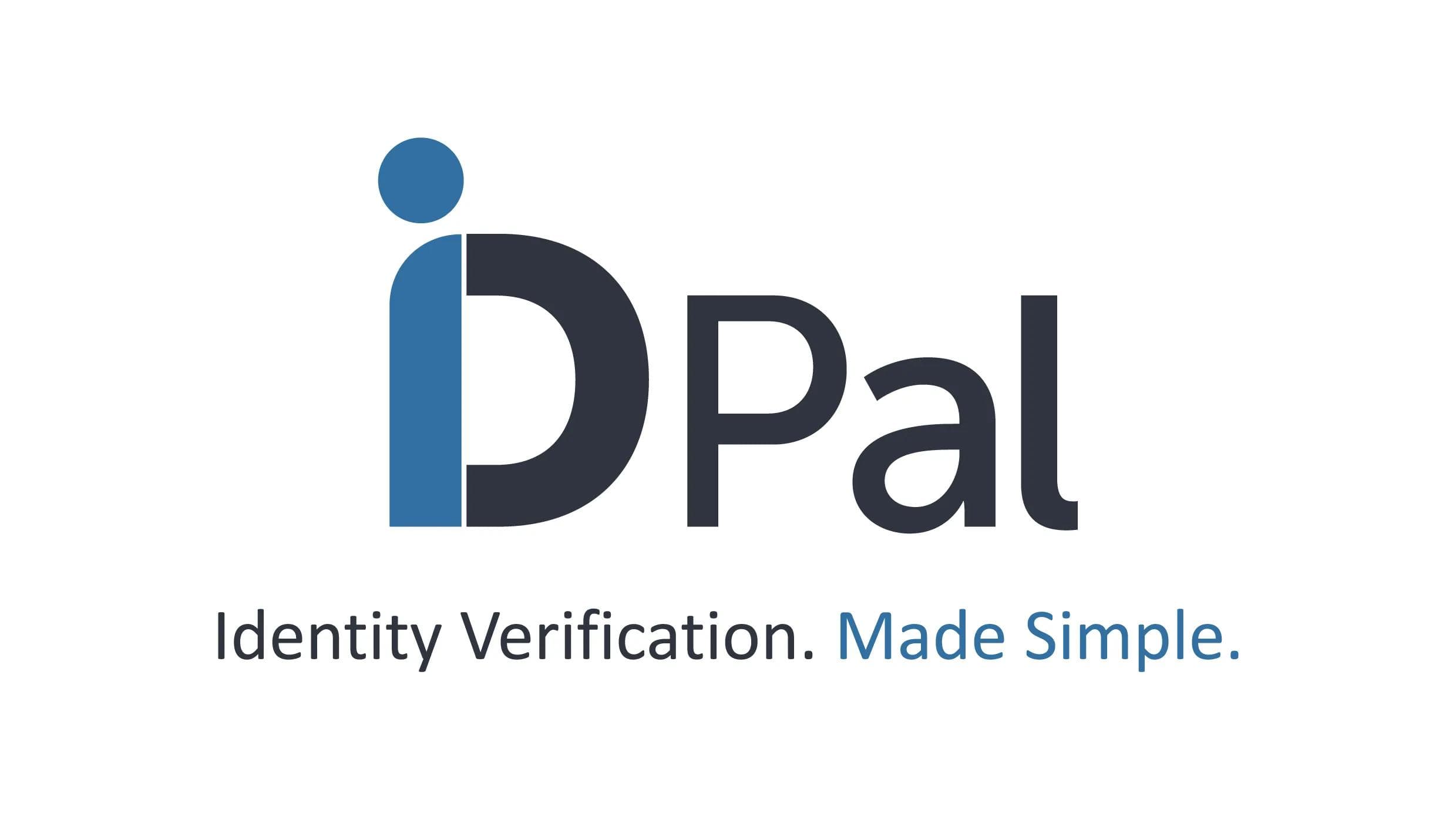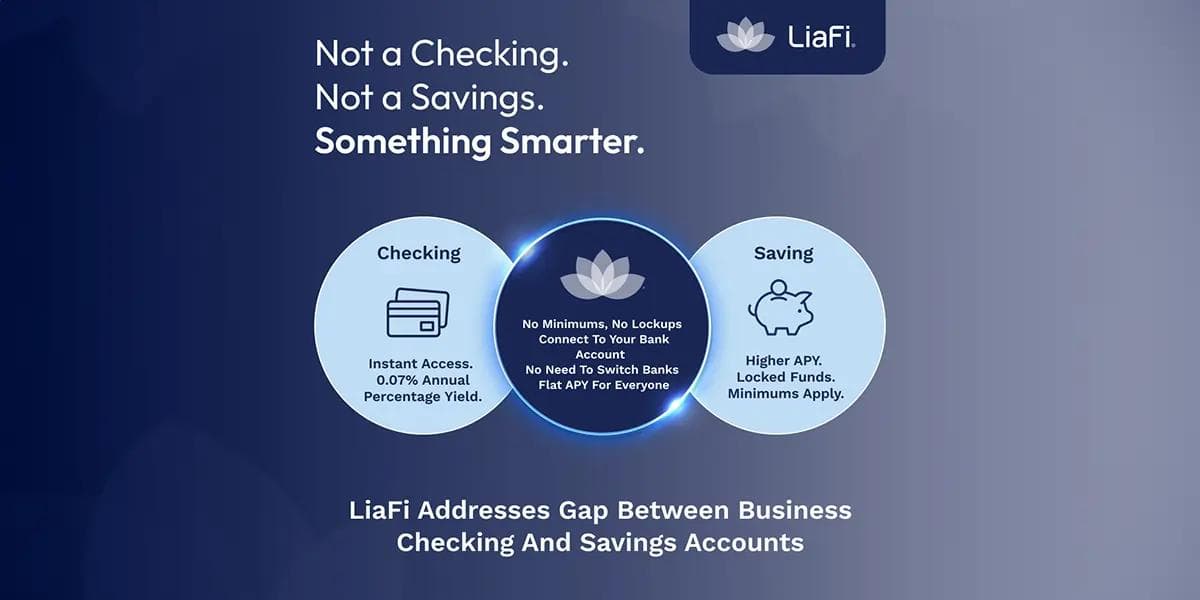Agentic AI: The Evolution of Autonomous Fraud Detection
Agentic AI: The Evolution of Autonomous Fraud Detection
Published by Jessica Weisman-Pitts
Posted on April 18, 2025

Published by Jessica Weisman-Pitts
Posted on April 18, 2025

By Anurag Mohapatra, Director of Product Management and Fraud Strategy, NICE Actimize
Fraudsters have consistently positioned themselves at the cutting edge of technological innovation. With the recent explosion in AI capabilities—spanning large language models (LLMs), Generative AI, and now Agentic AI—criminal actors are leveraging advanced techniques to create deepfake images, video clones, and voice impersonations that deceive victims into transferring funds. Meanwhile, financial institutions face mounting pressure to evolve their fraud prevention systems beyond traditional rule-based or purely predictive models.
Over the past 12 months, the rapid evolution of AI has shifted from theoretical research to operational reality. As fraud attacks increase in scale and complexity, integrating autonomous and reasoning-driven AI into fraud prevention isn't a luxury; it's a competitive necessity. Before diving into Agentic AI, review the three main AI paradigms currently used in fraud prevention: Predictive, Symbolic, and Generative AI.
Predictive AI: Pattern Recognition and Probability
Predictive AI employs supervised learning models that analyze labelled fraud data. These models may include past fraudulent transactions, authentication results, and behavioral anomalies that differentiate between legitimate and suspicious activities.
Providing interpretable risk factors that meet stringent Model Risk Governance requirements, these models may offer instantaneous risk assessments. Often achieving response times as low as 20 milliseconds which is critical for fast payment systems, they can process millions of transactions simultaneously and Data from Tier-1 financial institutions indicate that these systems can detect up to 80% of fraud in real-time, with detection rates further increasing with rule-based (Symbolic AI) enhancements.
Unsupervised learning algorithms also detect anomalies in scenarios where labelled data is scarce which can identify unusual payment flows or unexpected relationships between entities, helping to uncover emerging fraud patterns before they become widespread.
Symbolic AI: Rule-Based Intelligence
Symbolic AI, or rule-based AI, relies on explicitly encoded knowledge through if-then rules, logic frameworks, and ontologies. While highly explainable and transparent, these systems struggle with adaptability, requiring manual updates as fraud patterns evolve. Many financial institutions continue to use Symbolic AI due to its high explainability—decisions are traceable to specific rules, making it easier to satisfy governance teams—and its alignment with regulatory requirements, as it facilitates the maintenance of essential audit trails.
Most fraud prevention teams today implement hybrid models, integrating Predictive AI scores into rule-based engines to enhance decision-making while maintaining regulatory explainability. For example, a rule might decline a suspect transaction if the predictive risk exceeds 70 and the transaction amount exceeds $5,000.
Generative AI: Creating Rather Than Predicting
Generative AI is designed to produce new content—including text, images, and synthetic data—by learning from vast datasets. In fraud prevention, primary applications include text summarization where large language models can consolidate detailed case investigations and confirmed fraud data into comprehensive Suspicious Activity Report (SAR) narratives, potentially reducing filing times by up to 70%. Additionally, research co-pilots can summarize trends and benchmark metrics and recommend rule modifications, supporting fraud strategy teams in decision-making. While these systems excel at processing and summarizing data, they remain primarily reactive, providing insights but not autonomously executing corrective workflows.
Agentic AI: The Next Evolution in Fraud Prevention
Agentic AI represents a breakthrough that is set to revolutionize fraud prevention. Unlike traditional approaches focused solely on probability or static rule execution, Agentic AI systems autonomously plan, learn, and execute tasks using a suite of integrated tools within end-to-end workflow automation. Recent advancements drive this breakthrough, including chain-of-thought reasoning, retrieval-augmented generation (RAG), and API integrations. With the release of more sophisticated models like GPT-4, systems have demonstrated enhanced capabilities for maintaining context over extended interactions and managing complex, multi-step analytical processes. Importantly, they can now integrate with external tools and databases via APIs, leading to the definitive shape of Agentic AI.
A key characteristic of Agentic systems is an ability to reason and plan. An Agentic system must demonstrate autonomous reasoning to decide and plan the tasks it is expected to execute. A system with a chained set of steps and sequential or parallel calls to tools does not qualify as Agentic. For example, an Agentic AI can analyze multidimensional data—such as transaction history, device fingerprints, and recent security events—and generate detailed chain-of-thought reasoning that mirrors an expert fraud strategist's process.
Consider a scenario where the system executes the following reasoning sequence:
1. Observe a 32% increase in declined transactions from a specific region over 72 hours.
2. Identify that 87% of these transactions have previously unseen device fingerprints.
3. Note that many affected accounts had recent password resets.
4. Correlate this with external threat intelligence on regional data breaches.
5. Conclude a coordinated account takeover is likely underway.
6. Recommend heightened authentication measures for targeted accounts.
Agentic AI also excels in workflow integration. It can retrieve and analyze relevant data via APIs, generate and simulate candidate rules, submit those rules for human review through a "four-eye" process, and deploy and continuously monitor rule performance. This level of orchestration significantly reduces the manual effort and time required to adapt fraud strategies.
Another defining capability of agentic AI is continuous learning. Making them uniquely positioned to keep pace with the ever-evolving threat landscape, Agentic AI systems refine their techniques through feedback loops that adapt to new fraud tactics without human intervention.
Automating Fraud Strategy with Agentic AI
Agents can and will impact several aspects of fraud prevention. One of the most promising and early use cases could be fraud strategy and decision-making. This area is particularly suitable because mature testing, simulation, and four-eye review processes already exist within fraud workflows. Rather than requiring an overhaul, Agentic AI can leverage existing interfaces and tools to deliver results.
Fraud strategy involves deciding whether to allow, block, challenge, or deny transactions based on complex data analysis. Traditionally, this process involves six steps: discovery of new fraud patterns, development of rules based on predictive risk scores and other data, simulation of those rules against historical data, deployment through a controlled four-eye review process, measurement of rule performance, and tuning based on feedback.
Agentic AI transforms this process by integrating automated reasoning, contextual data retrieval, and end-to-end orchestration. For instance, when a new fraud pattern emerges, the Agentic AI system can analyze the anomaly using chain-of-thought reasoning, retrieve relevant historical data and institutional policies via RAG, generate a calibrated rule that balances fraud prevention with customer experience, and orchestrate rule testing and deployment through API integrations. It can then monitor performance and trigger continuous improvements within minutes rather than days.
Agentic AI marks more than an incremental improvement, it signifies a paradigm shift in fraud prevention. By integrating sophisticated reasoning, real-time data analysis, and end-to-end workflow automation, these systems can anticipate fraud before it materializes and continuously adapt to emerging threats. As financial institutions face increasingly sophisticated attacks, deploying Agentic AI solutions will soon become a competitive necessity.
Anurag Mohapatra, Director of Product Management and Fraud Strategy,NICE Actimize

Explore more articles in the Top Stories category











